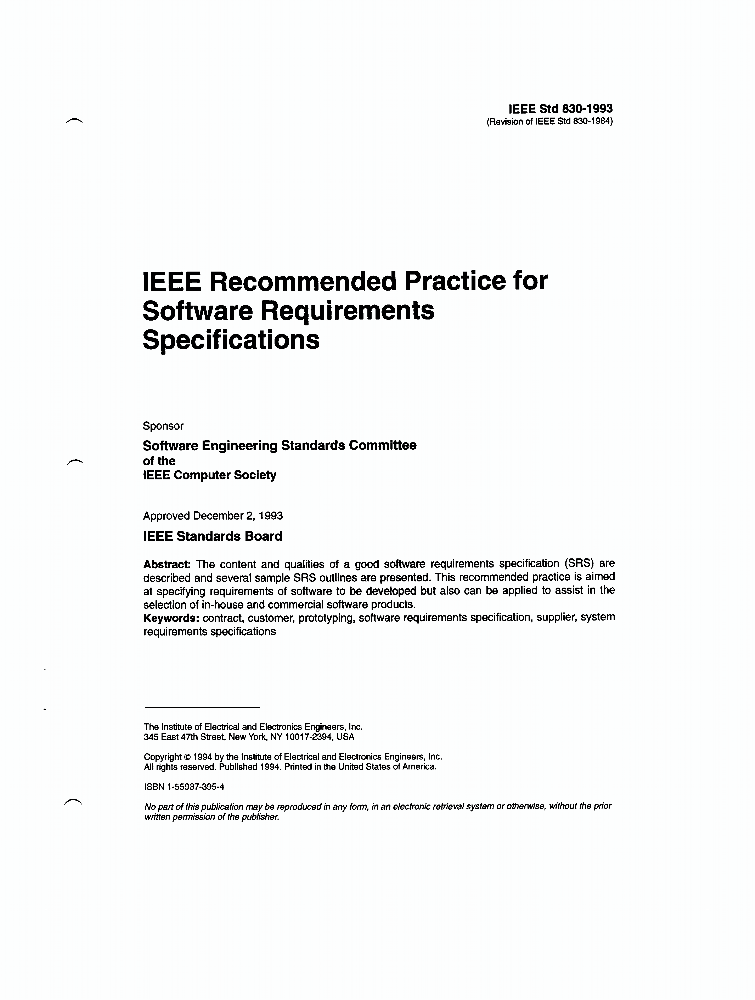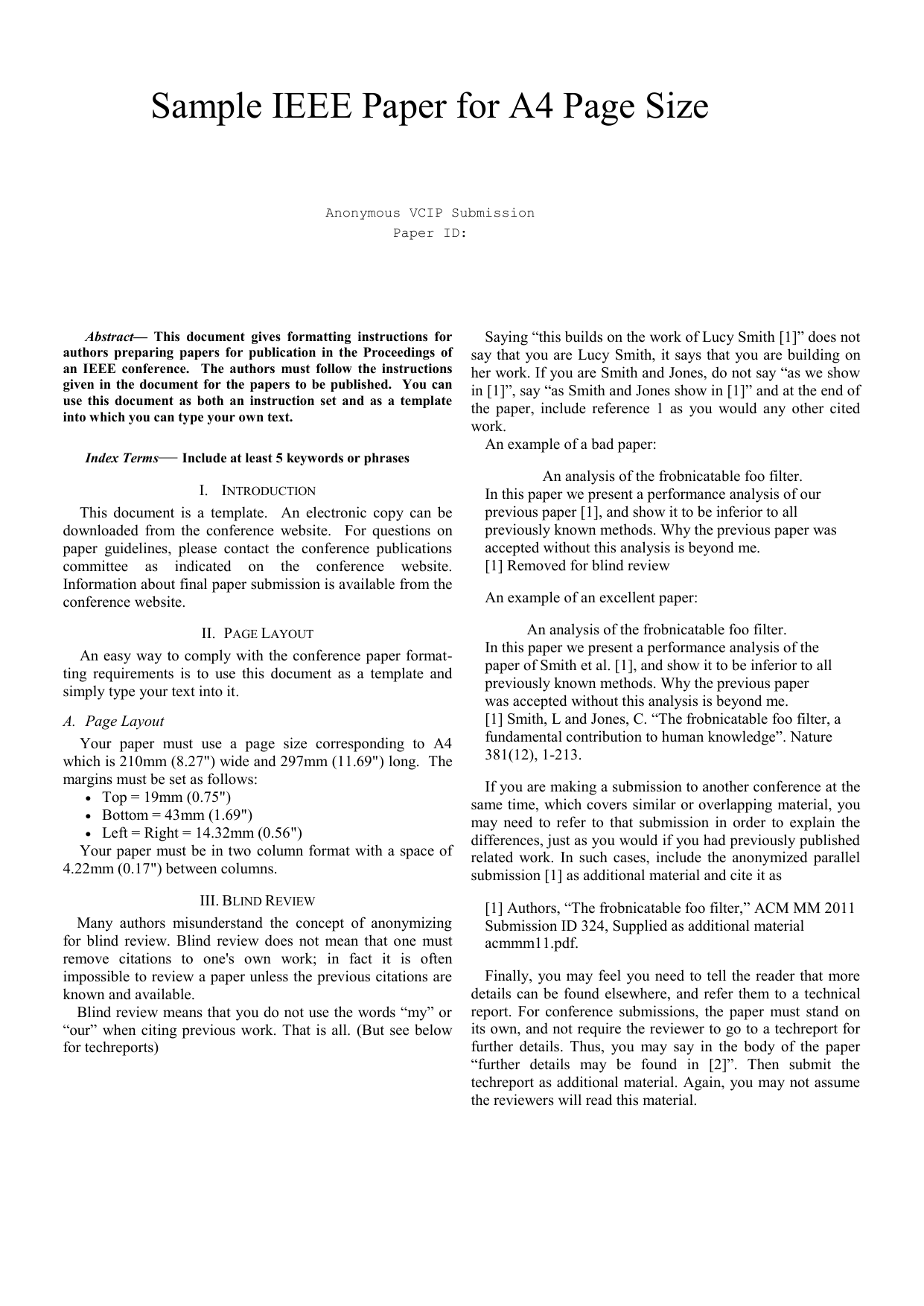
Typical sections include Introduction and Conclusion sections as well as sections within the body of the paper that relate to aspects of its content. Section Headingsĭividing one’s paper into clearly labelled sections increases readability, and is encouraged. Index Terms – Aerospace engineering, biomimetics, CMOS process, damascene integration, evolutionary computation, fuzzy systems. Here is an example of how you might format a set of index terms: Index terms should be given in alphabetical order the first should be capitalized, and the rest lowercase unless they contain acronyms or other components that inherently require capitalization. Here is a link to the 2019 version of the taxonomy. The most recent version of the IEEE Taxonomy can be found on the IEEE website.

IEEE maintains a standardized list of index terms to make this process easier and its categories more consistent. Index terms are similar to keywords and are provided by the paper’s author to help journals, editors, and readers categorize, archive, or locate your paper. These should be in a paragraph separate from the abstract. The abstract should be followed by index terms.

Pretium fusce id velit ut tortor pretium viverra suspendisse. Integer feugiat scelerisque varius morbi. Praesent semper feugiat nibh sed pulvinar proin gravida hendrerit lectus. Urna duis convallis convallis tellus id interdum velit. Adipiscing enim eu turpis egestas pretium aenean. Here is an example of how you might format an abstract:Ībstract – Lorem ipsum dolor sit amet, consectetur adipiscing elit, sed do eiusmod tempor incididunt ut labore et dolore magna aliqua. The goal of an abstract is to be a simple, accessible, and self-contained microcosm of your paper. Abbreviations, footnotes, references, tables, graphs, charts, figures, and displayed mathematical equations are specifically forbidden. It is encouraged to try and include three or four keywords or key phrases to help interested readers to find your article.Ībstracts should be simply formatted, without anything that requires specialized typesetting or consultation of material outside the abstract. (Abstracts shorter than 150 words or longer than 250 risk incurring the irritation of the editors.) It should be self-contained, and should concisely & accurately summarise the contents of your paper. They should also be centered in the column in which they appear.Īn IEEE abstract should be written as a single paragraph roughly 200 words long, give or take 50 words. Figures, tables, and equations should each be numbered consecutively, but separately.IEEE papers begin with a drop cap two lines deep, followed by the next 8-12 characters (or 1-2 words, whichever is appropriate) in all caps.Papers may be divided into sections and subsections IEEE has guidelines for primary, secondary, tertiary, and quaternary section headings.Papers may, depending on context and field, include some or all of the following:.All papers must begin with an abstract and index terms.The columns on the last page should be the same length this may require adding a column break after you have finished the body of your paper. The body of the paper should be in 10-point type, and formatted to appear in two columns.It should contain the following, on separate lines:




 0 kommentar(er)
0 kommentar(er)
